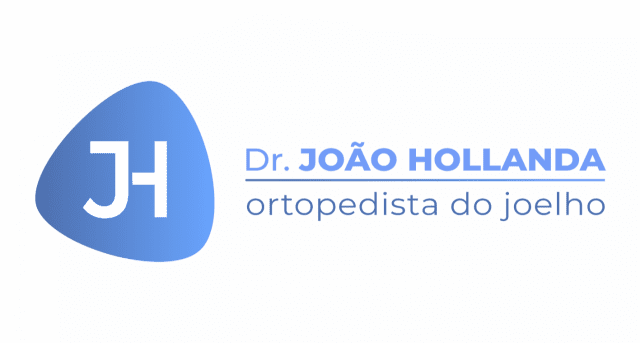Transgender Athletes
29 de março de 2021Diabetes
29 de março de 2021Checklist for Therapeutic Use Exemption (TUE) Application:
Growth Hormone Deficiency (GHD) and Other Indications for Growth Hormone Therapy – Adult and Transition from Childhood
Prohibited Substance: Growth Hormone
This Checklist is to guide the athlete and their physician on the requirements for a TUE application that will allow the TUE Committee to assess whether the relevant ISTUE Criteria are met.
Please note that the completed TUE application form alone is not sufficient; supporting documents MUST be provided. A completed application and checklist DO NOT guarantee the granting of a TUE. Conversely, in some situations a legitimate application may not include every element on the checklist.
| | TUE Application form must include: | |
| | All sections completed in legible handwriting | |
| | All information submitted in [language] | |
| | A signature from the applying physician | |
| | The Athlete’s signature | |
| | Medical report should include details of: | |
| | Medical history:
Aetiology: Genetic growth hormone deficiency, intracranial disease, pituitary tumor; irradiation, surgery, or bleeding in the hypothalamic-pituitary area; traumatic brain injury or whole body irradiation. Treatment of other pituitary hormone deficiencies. Furthermore, in case of: a) Adult: Fatigue, poor exercise capacity, abdominal obesity, impaired psychosocial function. b) Transition: Evidence of short stature and growth deceleration based on standard deviation; any specific treatment as a child. Physician’s interpretation of diagnosistic tests performed during transition. |
|
| | Physical exam:
|
|
| | Diagnostic test results should include copies of: | |
| | Laboratory tests: Insulin-like growth factor-1 (in ng/mL) measured after 2–4 weeks off recombinant human growth hormone in those on therapy; no earlier than 12 months after brain injury in those with post-traumatic etiology.
Other hormone levels: thyroid-stimulating hormone (TSH), follicle-stimulating hormone (FSH), luteinizing hormone (LH), prolactin. Morning cortisol as a reliable indicator of adrenocorticotropic hormone (ACTH). MRI of pituitary/hypothalamus to assess structural abnormalities for all new onset GHD (any age) |
|
| | If diagnosed during childhood, gene (GH-1 or GHRH-R) or transcription factor mutations (e.g., PROP-1, POU1F1 (Pit-1)) known to result in hypopituitarism | |
| | Growth hormone stimulation tests may include:
Note: Stimulation tests are not required when hypopituitarism is diagnosed (≥3 other pituitary hormone deficits or gene or transcription factor mutations present (see above). Additional tests are also not required if IGF-1 levels 2–4 weeks after stopping treatment remain below -2 SD. |
|


